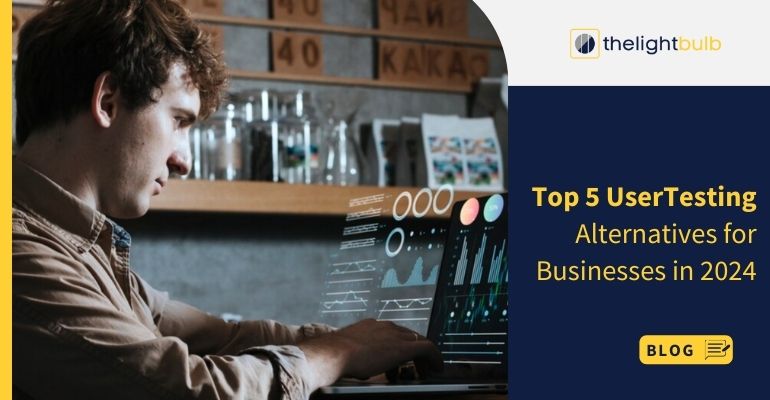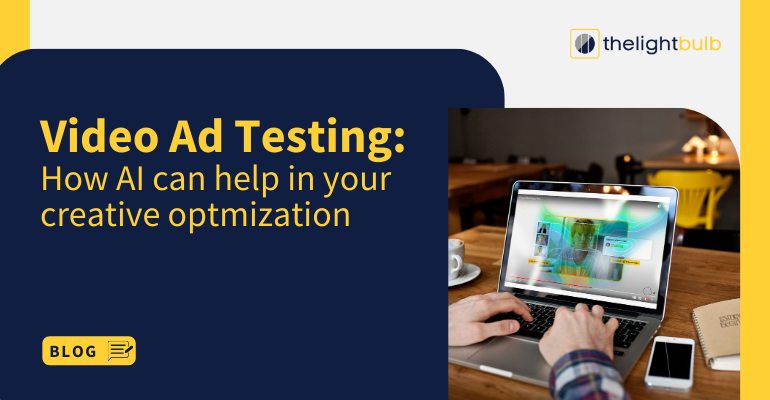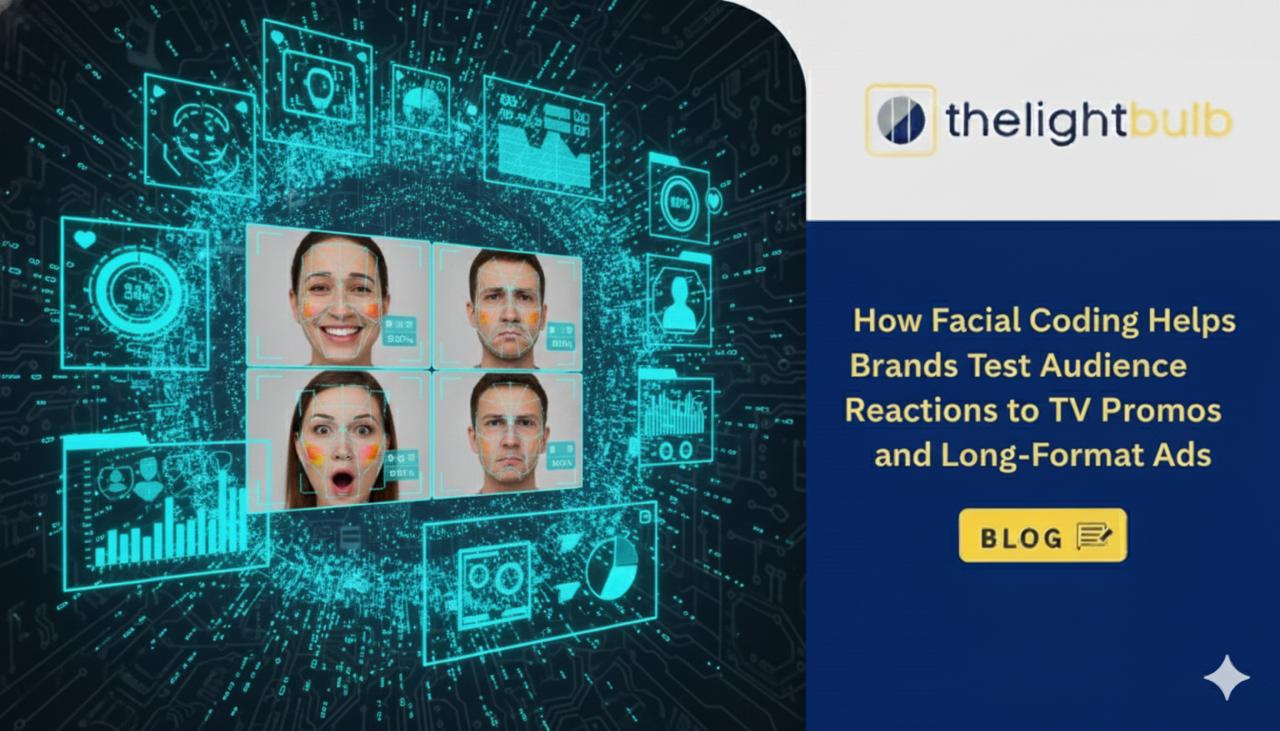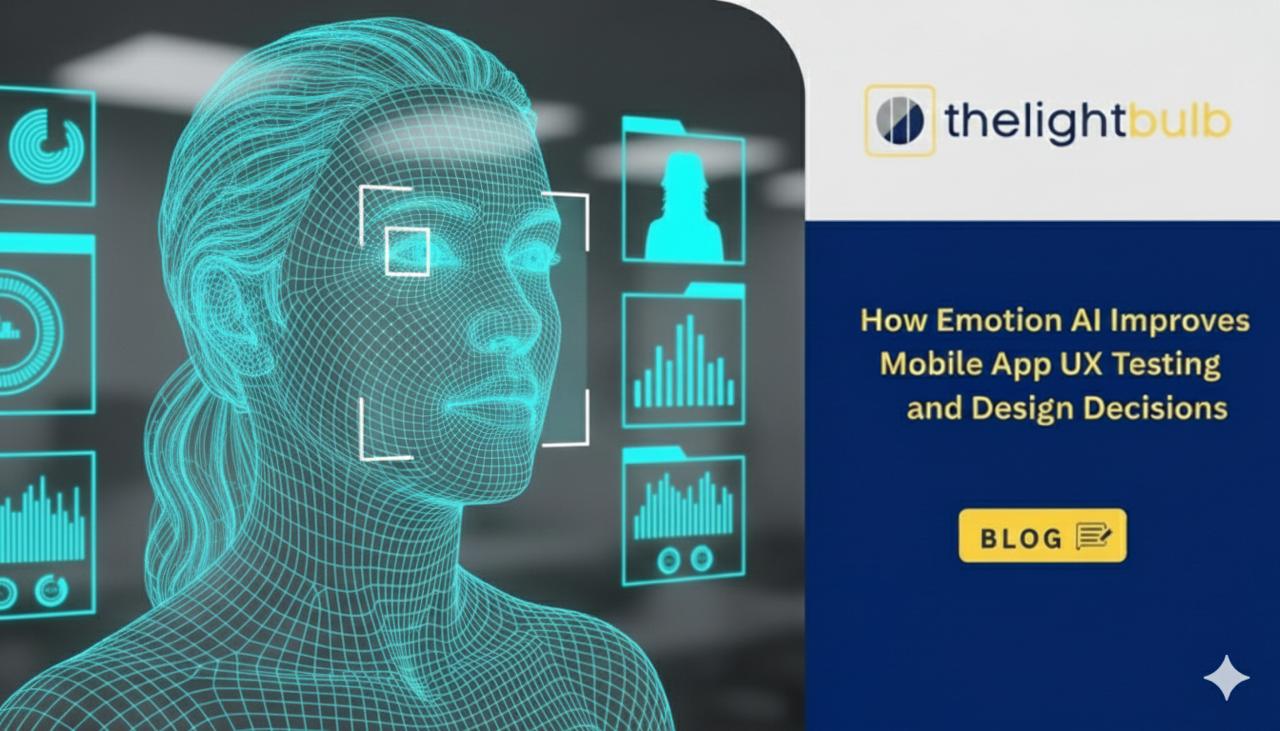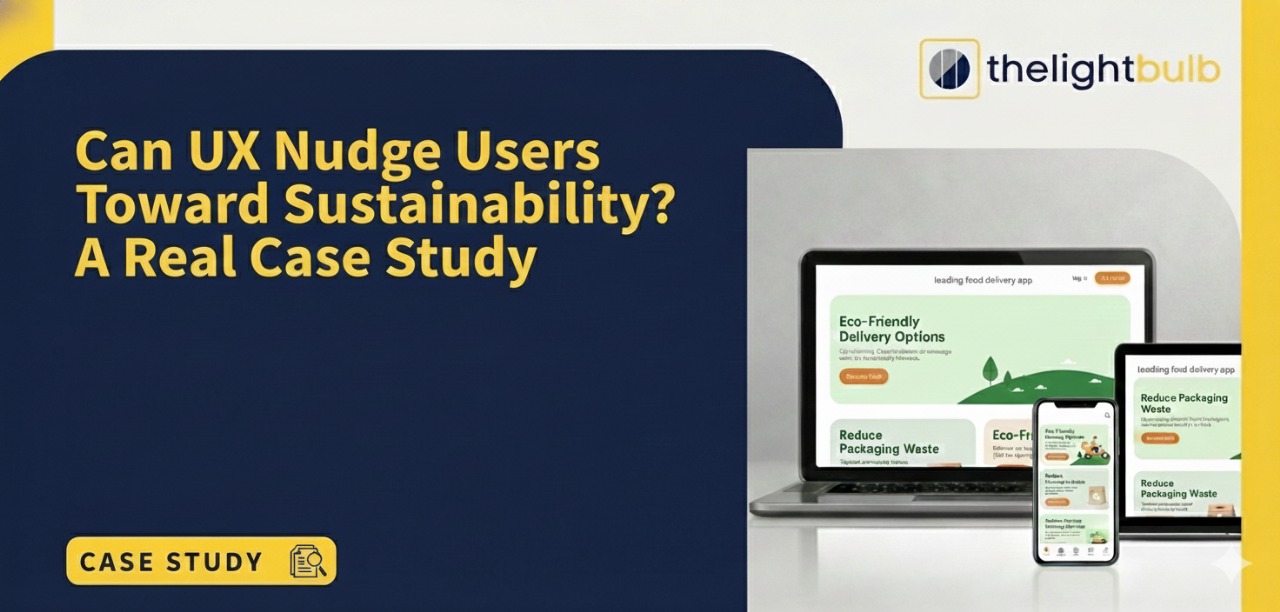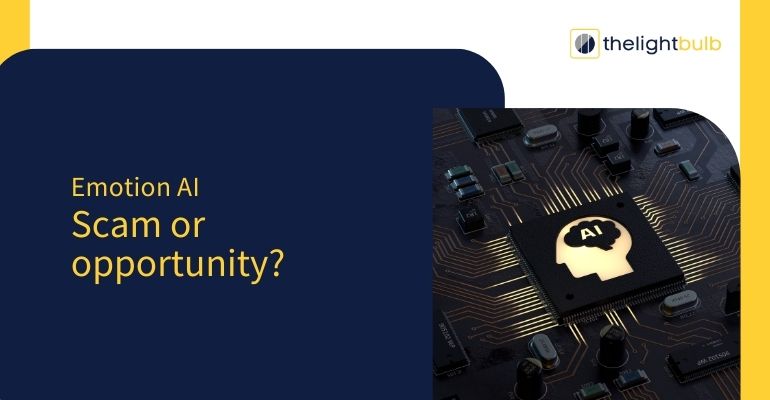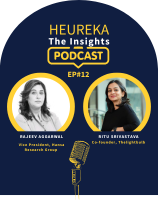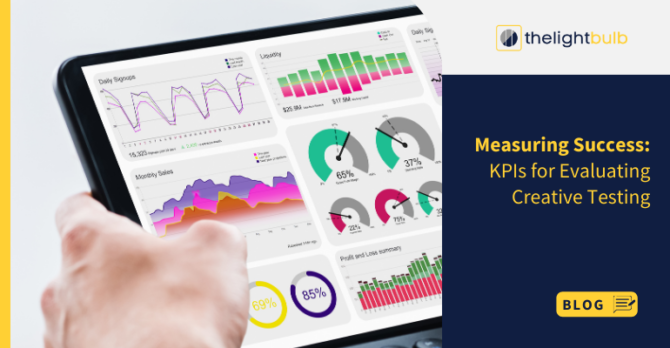
Creative testing is one of the most crucial processes in performance marketing circles. It is the backbone of successful marketing and advertising campaigns. We have talked about why creative testing strategies are important, how creative testing strategies work, how they can be improved using AI, and how our tools can help you test creatives at scale and enhance them significantly. If you’ve missed out on these articles we suggest reading them first as this one is a natural extension of them. You can read them here.

The efficacy of creative testing is not a well-kept secret. Marketers and advertisers can improve the conversion rates of their campaigns by improving their creatives based on the results of creative testing. However, creativity isn’t a quantifiable metric. You cannot assign a score to creatives because creativity is subjective. That’s why we use well-defined creative testing KPIs to bundle up a bunch of other quantifiable metrics and identify what part of the creatives resonate better with the target audience.
Our goal today is to define these metrics, help you understand how they are measured, and teach you how to use them to enhance your creatives.
How to Measure Creative Testing?
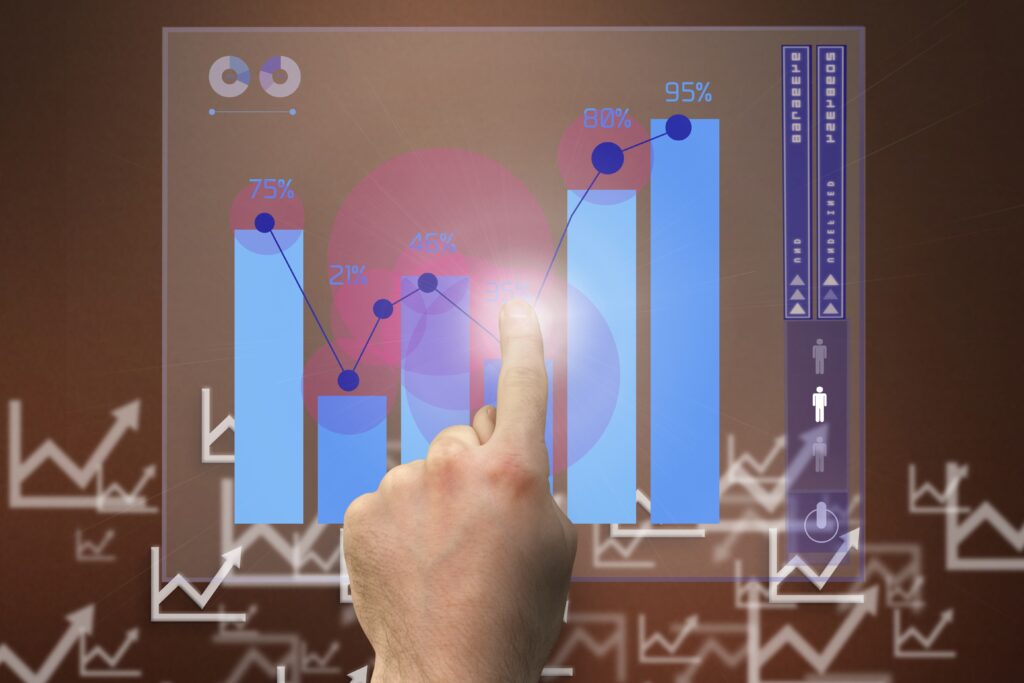
The efficacy of Creatives is measured based on the disparity with expected outcomes. Creatives are designed with one goal, to appeal to the audience and convince them to take action. For a creative to appeal to the audience, it must be engaging. So to measure this appeal we have KPIs like engagement, retention, and satisfaction.
In the same vein, we have KPIs like Conversion Rate and CTR to measure if the creative is good enough to elicit a positive response from the viewer. Now, these are metrics that you can easily measure using conventional market research methodologies like surveys, focus groups, analytical tools, and CRM systems.
Moreover, thanks to AI, we have a new set of KPIs that were previously impossible to measure and quantify. A subset of AI called emotion AI can now measure human emotions like happiness, surprise, anger, fear, and disgust using specialised techniques like the Facial Action Coding system, speech analysis, and eye tracking.
Using these AI-driven KPIs in amalgamation with the regular ones gives marketers and advertisers a new level of insights and by extension more areas to work on. It also gives them the ability to target specific emotions with their creatives.
Defining KPIs for Creative Testing
Here’s a list of all creative testing KPIs with their formal definition:
-
- Engagement– Engagement is a fundamental KPI that delves into how well your creative captures and sustains the interest of your audience. It evaluates the depth of interaction viewers have with your creative, looking at metrics like impressions, likes, shares, comments, and the amount of time the creative stays on the viewers’ screen. High engagement typically indicates that your creatives are resonating effectively with your target audience, sparking their interest, and encouraging them to interact actively with it.
- Retention– It focuses on the ability of your creative to retain the audience’s attention and interest over an extended period. It looks beyond the initial engagement metrics and delves into whether viewers stay engaged throughout the content’s duration or if they drop off prematurely. High retention rates signify that your creative is successfully holding the audience’s interest and encouraging them to consume the content in its entirety.
- Satisfaction– In the context of creative testing, satisfaction measures how well your creative resonates with the audience. It delves into the emotional and intellectual response of viewers, gauging their overall enjoyment and fulfilment with the content. A high satisfaction rate implies that your creative has effectively met the viewers’ expectations.
- Conversion Rate- Creative testing often includes the assessment of conversion rate, a pivotal KPI that quantifies the effectiveness of your creative in prompting viewers to take a desired action. This could be anything from making a purchase, signing up for a newsletter, or downloading a resource. A higher conversion rate indicates that your creative is compelling viewers to move from passive observers to active customers, aligning with your goals.
- Click-Through Rate (CTR)– CTR evaluates the efficiency of your creative in enticing viewers to take the next step. It quantifies the ratio of clicks on your creative to the total number of impressions or views it receives. A higher CTR typically signifies that your creative is successfully grabbing the audience’s attention.
- Emotions– This KPI takes a unique approach by harnessing advanced AI-based tools like Facial Action Coding System (FACS), voice analysis, and eye tracking to measure human emotions. It goes beyond traditional engagement metrics to delve into the viewer’s emotional responses to your creative content.
How to Measure KPIs?

As previously mentioned, you can measure conventional KPI metrics like Engagement, Retention, and Satisfaction using traditional market research strategies like focus groups, and surveys, but the problem with these traditional methodologies is that you have no way of verifying the authenticity of the responses generated from them.
Focus groups and surveys are often conducted in controlled environments, implying that the participants are aware of the artificial environment and may give dishonest responses just for participation. Which is where emotional insights step in and save the day.
You can use the emotional heatmap of the participants and co-relate it with their responses to identify dishonest responses and exclude them from the results making the insights richer and more accurate. We have a detailed extract on how Emotion AI can help in market research and enhance the quality of insights.
Moreover, there are CRM and other advanced analytics tools like Google and Meta Ad Manager that can be used to measure CTR and conversion rates for creatives. These platforms are the best way to draw insights while A/B testing your creatives. You can simply upload two or more creatives for the same product and monitor their performance to identify the one with the highest CTR. Once you’ve identified the winning creatives, you can create more of the same kind to increase your conversion rate.
Improving Creative Testing Strategies with KPIs
A good creative testing strategy utilises these KPIs to make changes in the creatives and maximise conversion by making them more engaging. For instance, high engagement shows that your creative is effective and attention-grabbing. You can further analyse the insights to identify what precisely captures your audience’s interest. Is it a compelling headline, captivating visuals, or a specific call to action? Concentrate on amplifying these elements in your creatives.
A strong retention rate implies that your content keeps viewers engaged throughout. Identify the creatives with high Retention rates and mirror the colour and designs in other creatives to boost their retention capacity as well. To boost satisfaction, gather feedback from your audience through surveys and comments. Understand what aspects of your content resonate positively and incorporate them consistently into your creatives.
Moreover, a strong CTR indicates that your creative is appealing at first glance and you can make every one of your creative like that by trying different variations of the headlines with the highest CTR. Test different combinations to determine what resonates best with your audience. Insights from emotional analysis can be incredibly valuable. If your creative evokes predominantly positive emotions, aim to replicate this emotional tone in future content. If it elicits negative emotions, consider whether this aligns with your objectives. Adjust your creative strategy accordingly, ensuring it resonates emotionally with your target audience.
Conclusion:
In creative testing, KPIs serve as the guiding stars. They make it easier for you to identify what’s really working in your winning creatives and replicate that to make your entire creative fleet better. Making compelling creatives is extremely important if you hope to make any profits from your campaigns and KPIs are the tools you need to turn that into reality. They offer invaluable insights into what captivates your audience, retains their interest, and ultimately leads them to take action.
Using these insights to enhance your creatives is the quickest way to maximise your returns. Need high engagement? Find what’s working and double down. Want strong retention? Mirror successful elements in other creatives. Want you customers to feel positive emotions? Replicate the tone from winning creatives.
The future of creative testing is bright, especially with the aid of AI-driven emotional insights that offer a deeper understanding of your audience. By harnessing these KPIs and adapting your creative strategies, you can navigate this evolving landscape and craft content that truly resonates with your target audience. So, keep testing, keep learning, and let your creative juices flow.
About Insights Pro
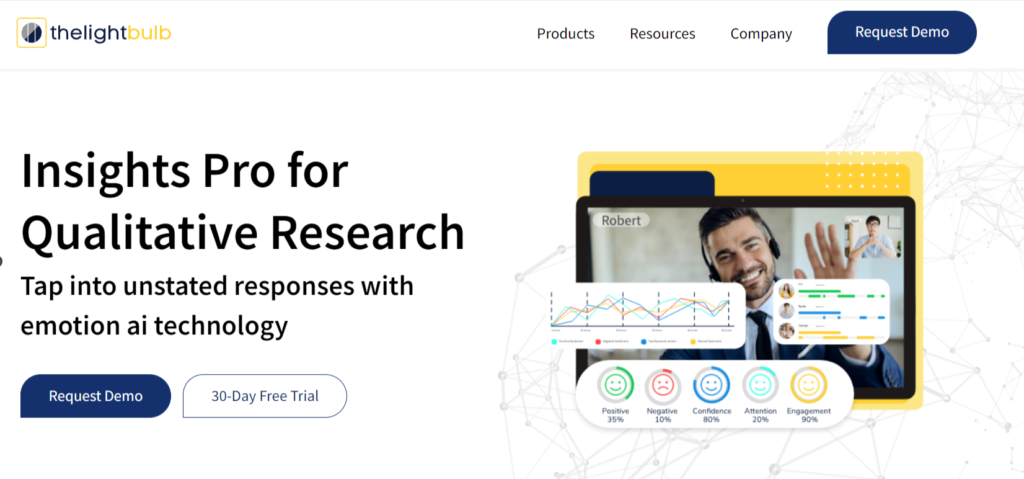
Insights Pro is an AI-based ad testing tool that combines emotional intelligence with new-gen AI tools like speech transcription, facial coding, text sentiment analysis, and eye tracking to generate an emotional heatmap of an interaction between a viewer and a creative while also offering AI-based databases and tools for creative optimisation to accelerate the creative testing process.
This tool has taken AI-backed creative testing one step ahead of the competition by integrating emotional intelligence into the AI equation, facilitating quicker decisions backed by real data and insights.
You can request a free demo of the product here, or you can reach out to us sales@thelightbulb.ai, we would love to answer any queries you might have about the product.
